Dos Mestizos and Binggoy Remedios’ years of magical living in Boracay
In those magical years when Boracay was nothing but a blinding white beach, turquoise sea and very few resorts, restaurateur and chef Jose Carlos “Binggoy” Remedios put up a restaurant—no more than a nipa hut really.
He named it Dos Mestizos.
The story goes that years before, when he was living in Laughlin, Nevada he would frequent Arizona as it was just on the border across the bridge. “I would go to a restaurant called Two Boys from Italy. That stuck in my head, and I thought, Dos Mestizos.”

Binggoy had come from a career with Philippine Airlines in San Francisco and Marriott’s in-flight catering before he came back to the Philippines in the 1990s.
At the first iteration of Dos Mestizos, he was the cook with two assistants in the kitchen and two others out front serving a few tables. The shack’s clientele would have rivaled Manila’s top restaurants. The Kuoks—who started the Shangri-La brand—would come in for a meal, and so would Manila’s elite.
Once in a while in the city, you encounter holes in the wall with expensive cars parked outside and the well-heeled eating inside. Dos’ nipa hut was Boracay’s version of that—and it wasn’t even on the beach; it was on the main road which back then was a dirt road.
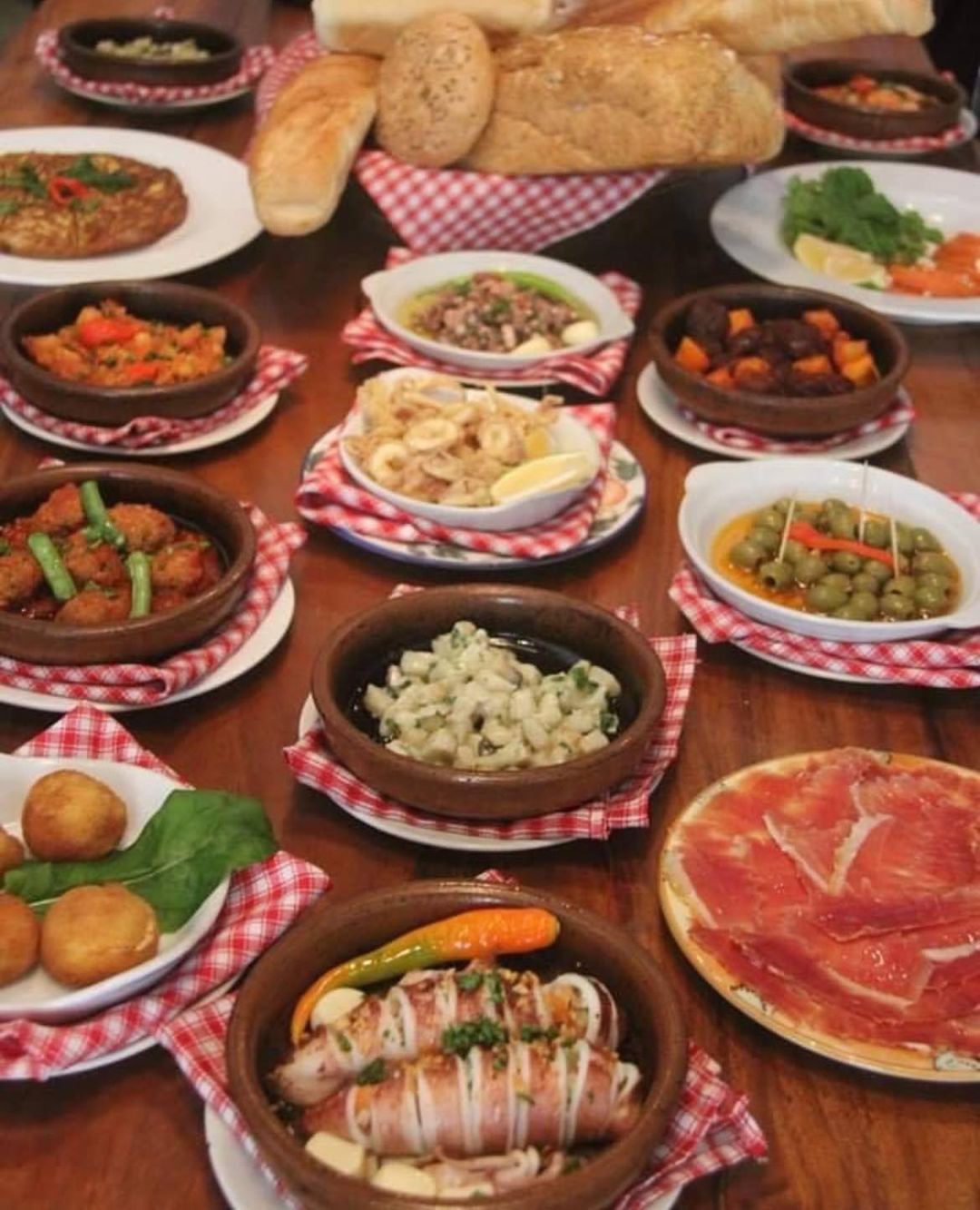
“Before Shang was here, the old man Kuok would frequent Boracay with his family and stay at Fridays. He was a close friend of the Zobels and they would go to my restaurant.”
Twenty-five years later, Dos Mestizos is Boracay’s top fine-dining restaurant—no longer a shack, of course. During the pandemic, Binggoy invested in a new location and built a new restaurant (with all brand-new kitchen equipment). In December 2020, Dos Mestizos transferred to Station One (from Station Three, where his deli and bakery Gusto y Gustos is now located), where most of the five-star hotels are located.
Dos Mestizos is now in a space that harks back to a homey, Spanish brick kitchen and dining room, expertly threading people’s need for comfort food (think of your lola’s special paella, albondigas, callos) with a restaurant for special moments with family and friends.
It’s a dichotomy, sure, as comfort food is not exactly seen as “special,” but what Dos Mestizos is—is very good Spanish food that brings old traditions (or at least moments when you break out the paellera).
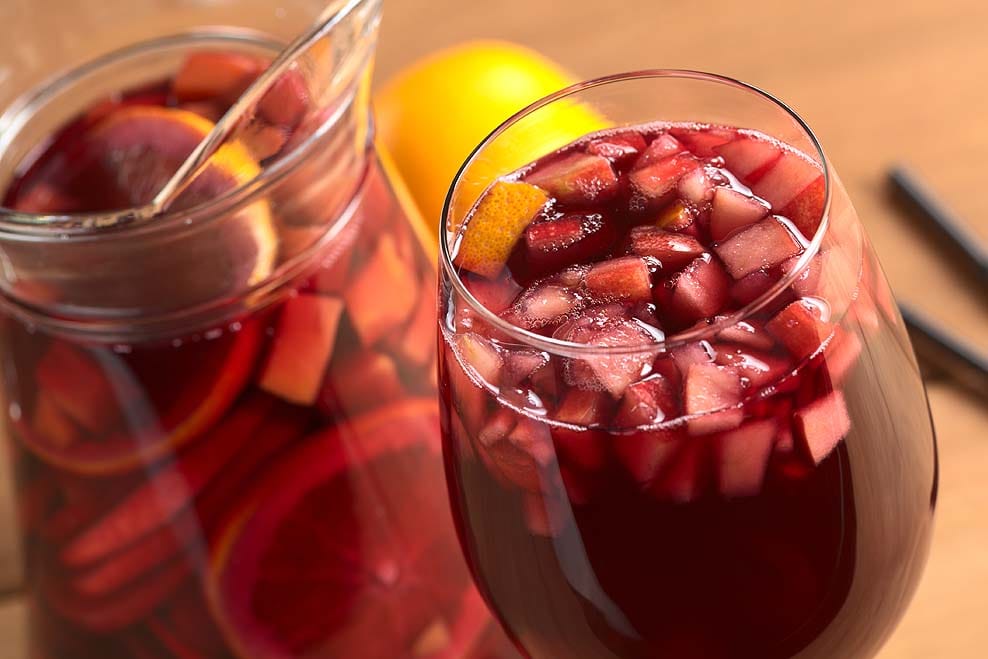
Binggoy finds it amusing that Dos Mestizos is a popular place on the day before a wedding. Couples getting married at resorts like Shangri-La Boracay and Discovery Shores would bring their entire entourage to Dos before getting hitched.
“I guess they want a more homey, more personal way of celebrating in a venue for a before-wedding party,” he says.
Tapas and more
My personal favorites at Dos Mestizos are the tapas (with an entire carafe of sangria all to myself). The tapas menu has croquettas with ham and béchamel, homemade chorizo, Aklan oysters, octopus in olive oil and citrus, jamon Serrano and manchego cheese platter, salpicao of USDA beef cubes or fish marinated in garlic, and blue-cheese croquettas.
Diners also love the callos or stewed ox trip with chick peas, albondigas or beef meatballs in tomato sauce, and gambas or sautéed in olive oil and garlic.

Among the mains, Dos Mestizos is known for its paella—Valenciana (mixed meat and seafood), negra (cooked in squid ink), chicken, mariscos (seafood) and verduras (vegetable). It comes in three sizes, so even a solo diner can order it.
Of course there’s a cochinillo (suckling pig roasted the Castillan way) on the menu too, along with lengua, braised lamb shank, tenderloin steak and chicken. If you’re a pescatarian, Dos Mestizos has a variety of fish, shrimp and other shellfish dishes.
All the ingredients come from Manila, which makes Dos’ food costs pretty high but Binggoy absolutely insists on getting top-grade ingredients for everything.

For the restaurant’s vegetable needs, he started a farm in Caticlan because the ones that are delivered to the island come all the way from Baguio. For fresh seafood, he loves going to different local markets, and makes trips to Antique and Roxas.
“During the busy months, I go to the market at least three or four times a day. I have to choose the fish because if you call for delivery they will not give you the best. I go at different times because the fish might come at 7 or 8 a.m. and the prawns later in the day.”
A kitchen of dreams
One amazing thing about Dos Mestizos’ kitchen is that Binggoy’s cooks are all former dishwashers that he trained. It’s a place where dreams can come true for anyone with ambition in the kitchen without the benefit of formal training in a culinary school.
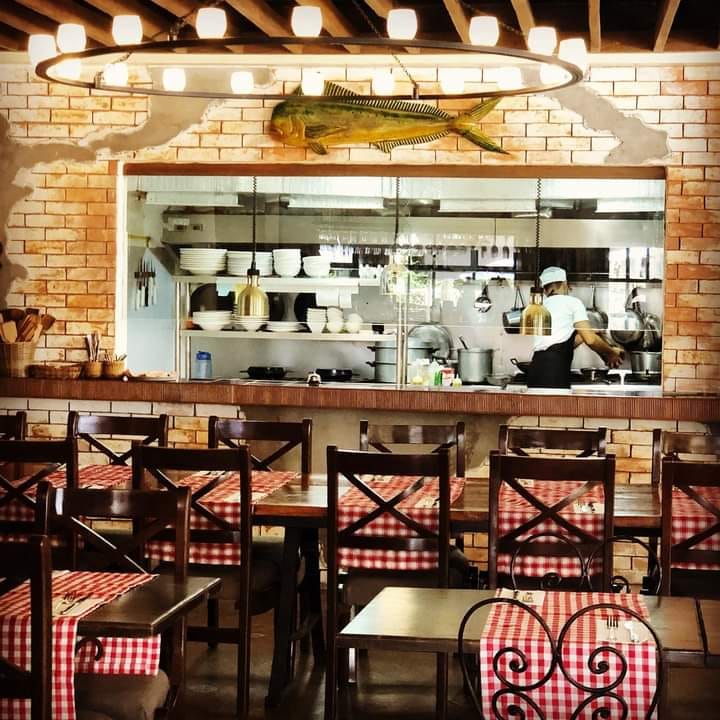
“It’s a process of elimination—you can tell from their actions who has the potential to become a cook,” he says proudly of his staff.
How long does this progression from sink to stove happen? “As dishwashers, once in a while they help out in cutting vegetables and they start from there. I train them exactly the way I want to. That’s why it’s not easy for us to have a foreign cook, magkaka-gulo lang. In spite of not having formally trained cooks, we have maintained one of the top 5 positions on the island,” he says.
There’s one rule of thumb in Binggoy’s kitchen though: there’s no room for “diskarte.” Dishes are cooked Binggoy’s way—no fusion, no new styles of cooking.
“Walang diskarte sa kitchen ko, that’s what I tell them. There is no such a thing as their own style—it’s only Dos Mestizos. We follow exactly the method of cooking,” Binggoy says.
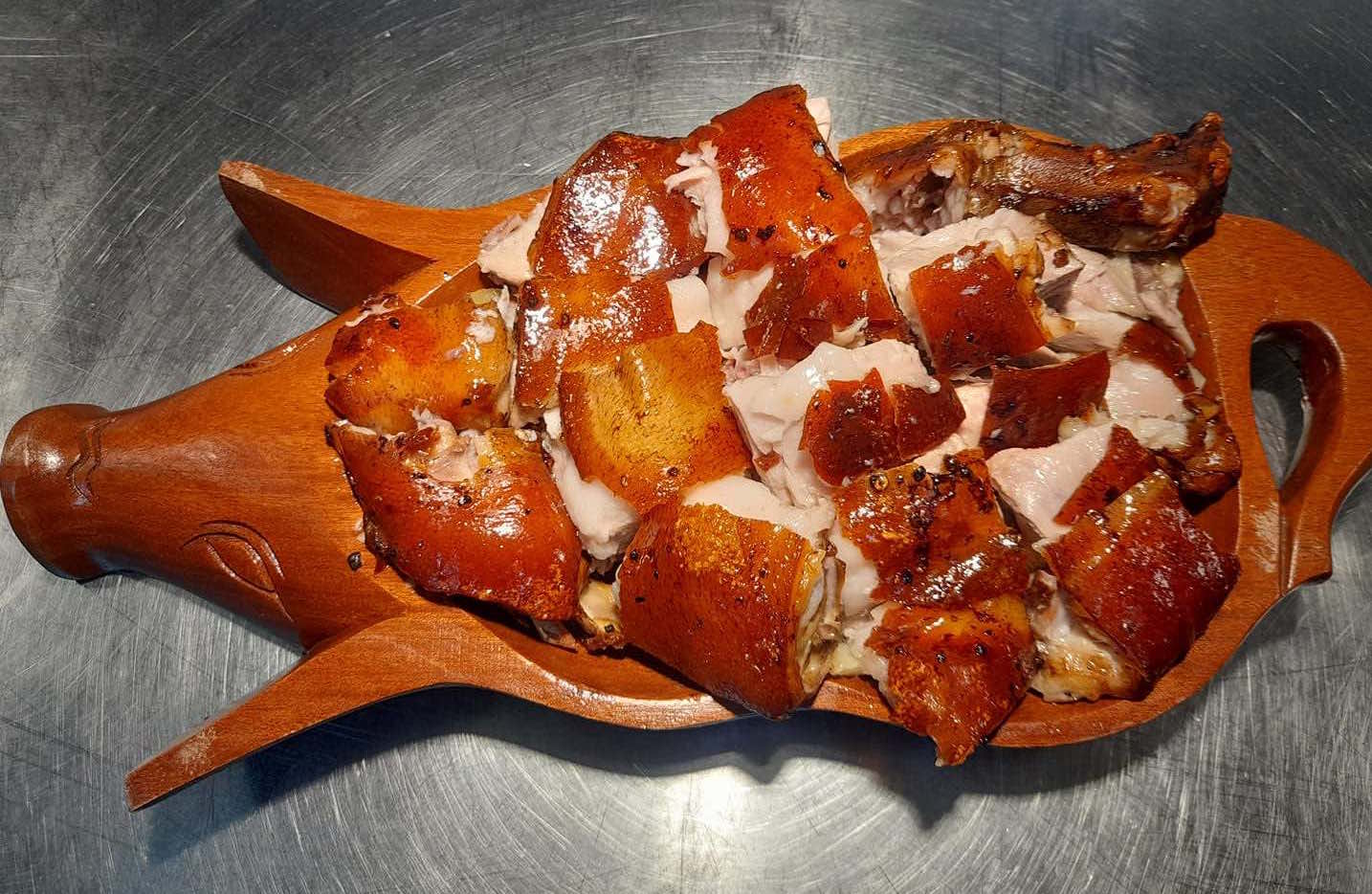
In the beginning, Binggoy did not put down the methods into recipes. He was cooking from memory—of his mother and aunts and uncles’ kitchens.
It was only five years ago—or 20 years after Dos opened—that memory stepped aside for actual recipes. “It was all in my head,” he says. “It was only when my older daughter Monique came back from Spain, where she apprenticed at one of its top restaurants, Restaurante Arzak in San Sebastian, that she put everything down into recipes.”
‘I’m a probinsiyano’
Binggoy grew up in Agusan, then we went to Davao and Cebu. “I’m a probinsiyano. I did not go to any culinary school but ever since I was a child, I enjoyed cooking.”
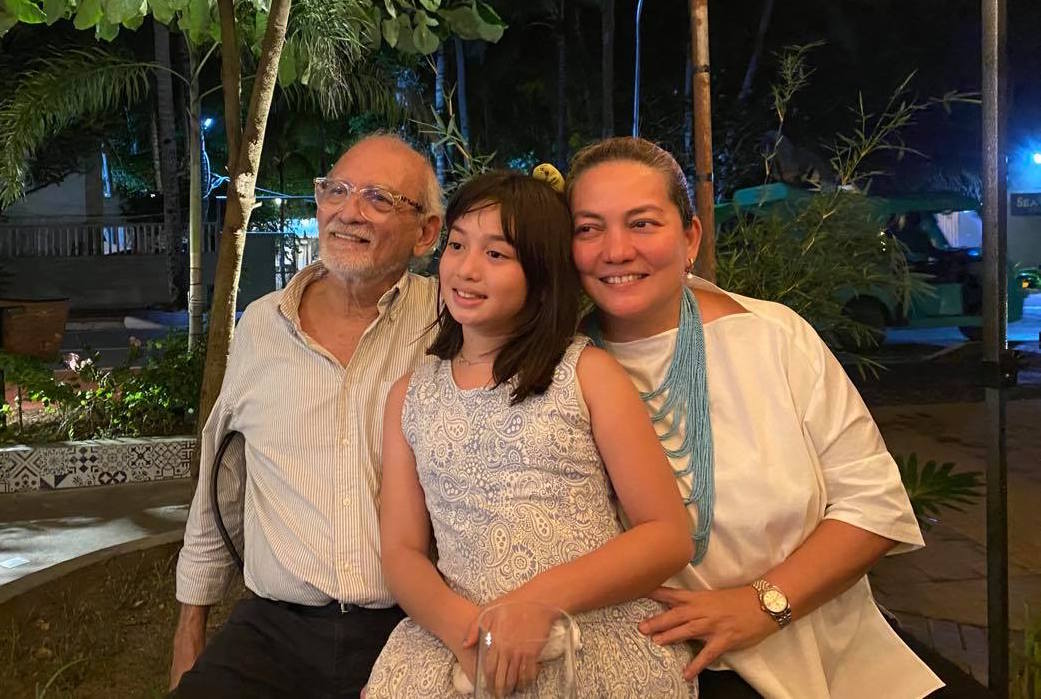
He was raised in a typical mestizo family—Portuguese and Spanish— that was known for good food. His grandparents, parents, mother, aunts were all cooks.
His mother Aurora Cayetano was a Filipina from Mindoro who married Binggoy’s father when she was a teenager. “She didn’t know Spanish food, but they lived in a compound in Manila for a while, and my dad had five sisters. You know how dominant those women can be—so everybody became a cook. She also learned how to speak Spanish.”
He adds, “All that time I thought my mother was Spanish because she didn’t talk to us in Tagalog. My grandfather was Portuguese, my grandmother was Spanish.”

When he moved to the States, he missed his family’s food, so he started cooking from memory. “Everything you see on the menu of Dos was the common food of the mestizo families.”
From backpacker’s paradise to five-star
Before there was Dos Mestizos, Binggoy first visited the island in the 1980s. That’s all it took—one trip and he fell in love with Boracay. He swore to himself he would live here one day. “I was living in Honolulu in the late ‘80s when we came here one time, and I said to myself, when I don’t have a job anymore I’ll come here.”
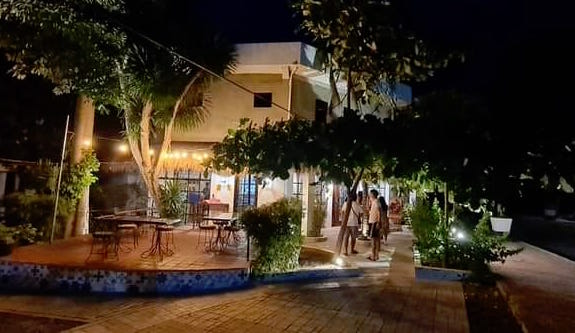
When he came back from the States in 1992, he shuttled between Manila and Cebu. Binggoy and his cousin Emilio Tuazon and their friends started the rock and alternative music radio station 99.5 RT, then he opened Y101 FM in Cebu. After about two or three years, the radio stations were passed on to his nephew to manage and he moved to Boracay.
“In the 25 years I’ve been here, I saw Boracay from being a backpacker’s paradise to five-star,” he says.
Binggoy is thinking of turning his Gusto y Gustos deli at Station Three into a traditional Filipino restaurant. “I’m gonna call it Ang Karinderia. Maybe next year, when the road is fixed in that area and things normalize. Right now we cannot plan because of the changing COVID guidelines.”

That space is also home for him, his partner Niña Bustamante—who herself is a long-time Boracay restaurateur with her Island Inasal at D’Mall—and their 11-year-old daughter Chabeli.
Binggoy says with a laugh, “My daughter is the only girl in school na-nagbabaon ng paté. And she will not buy parmesan in a deli if it’s not aged 38 months; she knows what jamon Iberico is, she likes okra and a good rib-eye. Eventually she’ll learn how to cook as well, but whether she wants to be a cook or not, we don’t know.”
For now, he’s looking forward to when tourists come back to Boracay. He has no doubt in his mind that they will. This magical island with its white sand and turquoise waters is too beautiful, too special to be empty for far too long.


